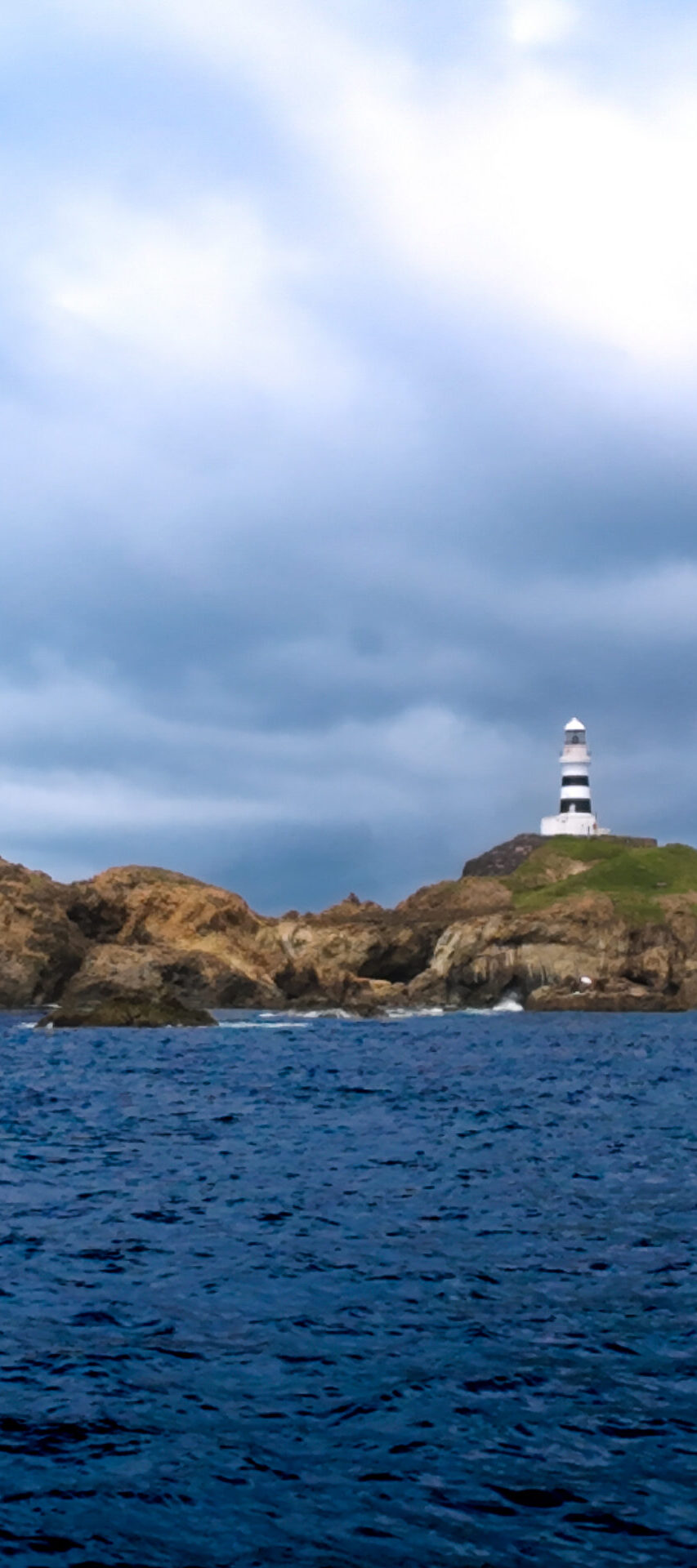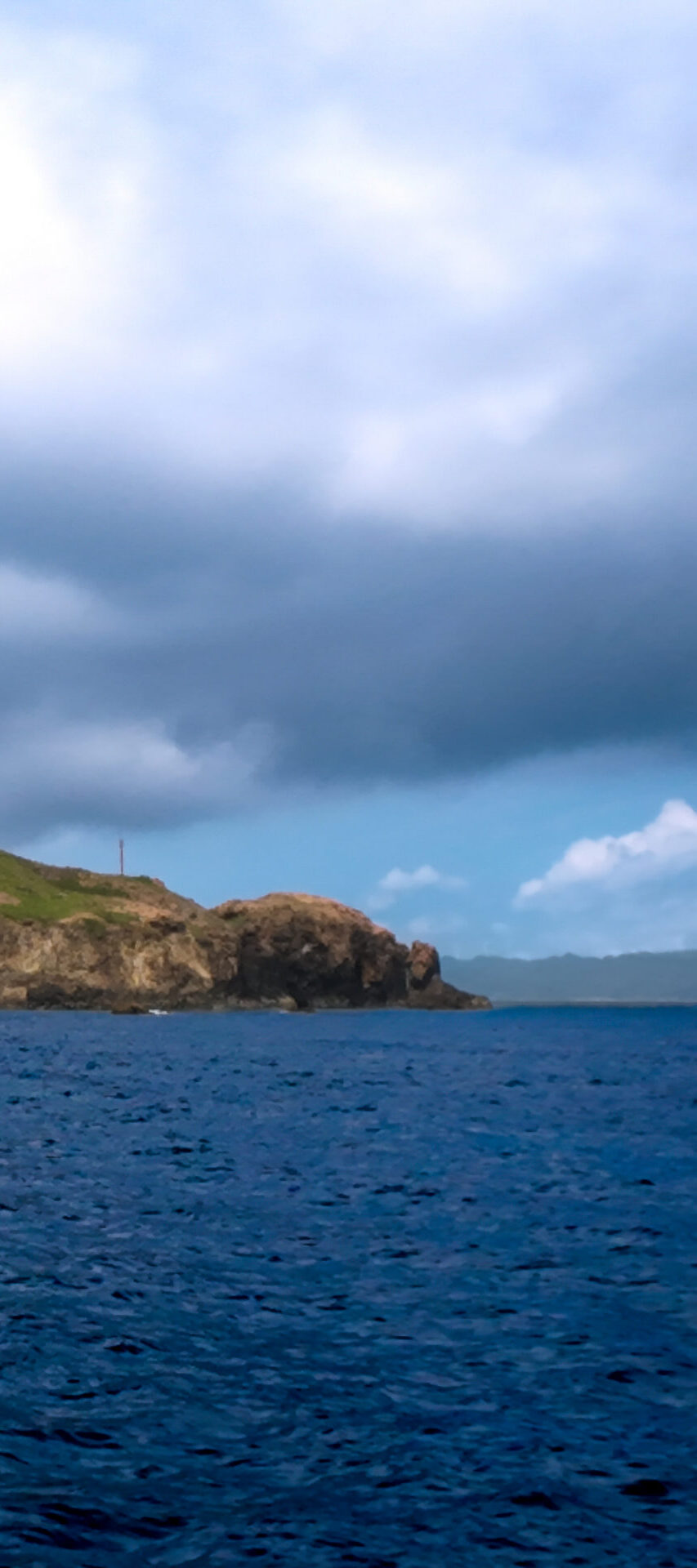Izu Peninsula
TOKYO SURROUNDING AREA
Hammerhead shark in July and October
The south of Izu peninsula hosts Scalloped Hammerheads with the Kuroshio incoming and the season warming. In the recent years, dive shops report an extended period of residency and hammerheads can now be seen almost year-round. The other destination famous for their sighting is Yonaguni, the southernmost island of Japan archipelago.
Diving in Japan is famously known for the hammerheads dive. Experienced divers come from around the world to encounter these massive schools of sharks. The school moves in current and curious juveniles could come a little closer. It is not an easy dive and exemplary behavior underwater is essential for safety.
Explore the program
伊豆半島
Izu Peninsula

Izu Stingray
The Izu Stingray (Hemitrygon izuensis) is a medium-sized (to 73 cm disc width) demersal ray endemic to southern Japan in the Northwest Pacific Ocean. It is a mostly inshore species on the continental shelf known from depths of 10–25 m, but it likely occurs deeper; it has been reported at a depth of 180 m in the East China Sea. The species is a bycatch of set net, gillnet, and trawl fisheries, and is mostly discarded. It appears to have a low abundance, and it is unknown if this is due to it being naturally uncommon or population decline. Vulnerable species, IUCN Red list

About Mikomoto
Shaped by the strong Kuroshio Current, Mikomoto is known worldwide for its abundant marine life, especially large schools of scalloped hammerhead sharks. The island hosts the Mikomotojima Lighthouse—Japan’s oldest stone lighthouse still in operation and designated a National Historic Site. Challenging drift diving terrain, with strong currents, deep reef formations, and no fixed ropes—dive experiences here are thrilling but suited only for well-qualified divers.

PangeaSeed Project
The "Tracking Hammerheads in Japan" project has been created by PangeaSeed in 2015 and currently archived. It focused on data collection of 1) the frequency of appearance of the hammerheads, 2) the spacial range covered 3) Individuals characteristics additionally, link between habitat usage and social dynamics as well as between prey abundance and navigation pattern has been studied.
In the below video, can you:
✴︎ Spot the juvenile from the adult?
✴︎ Hypothesize on male of female?
✴︎ Notice the swimming behavior?
✴︎ Identify physical characteristics?

Diving Trip
13-15 July 2026
5-7 October 2026
Our tour will take place in the beginning of October. Due to the difficulty of the dive, conservation activities for hammerheads are not yet in scope. In a longer run, it would be of interest to gather information on how the schools change over time: in size, individual characteristics, season of appearance, behavior etc.
Program fees: €650
Prerequisites
- Min 30 dives with last dive within the past 6 months
- Dive logbook as proof (dive computer NOT accepted)
- Comfortable with descending on your own and drift dive
- Diving licence
- Diving insurance (DAN preferred)
- Diving computer and SMB
Included
- 6 dives
- 2 nights
- Lunches on dive days
- English support
- Guiding for ticket purchase from and back to Tokyo
Not Included
- Flights
- Transportation from/to Tokyo
- Meal and snacks during the stay
- Diving gear
